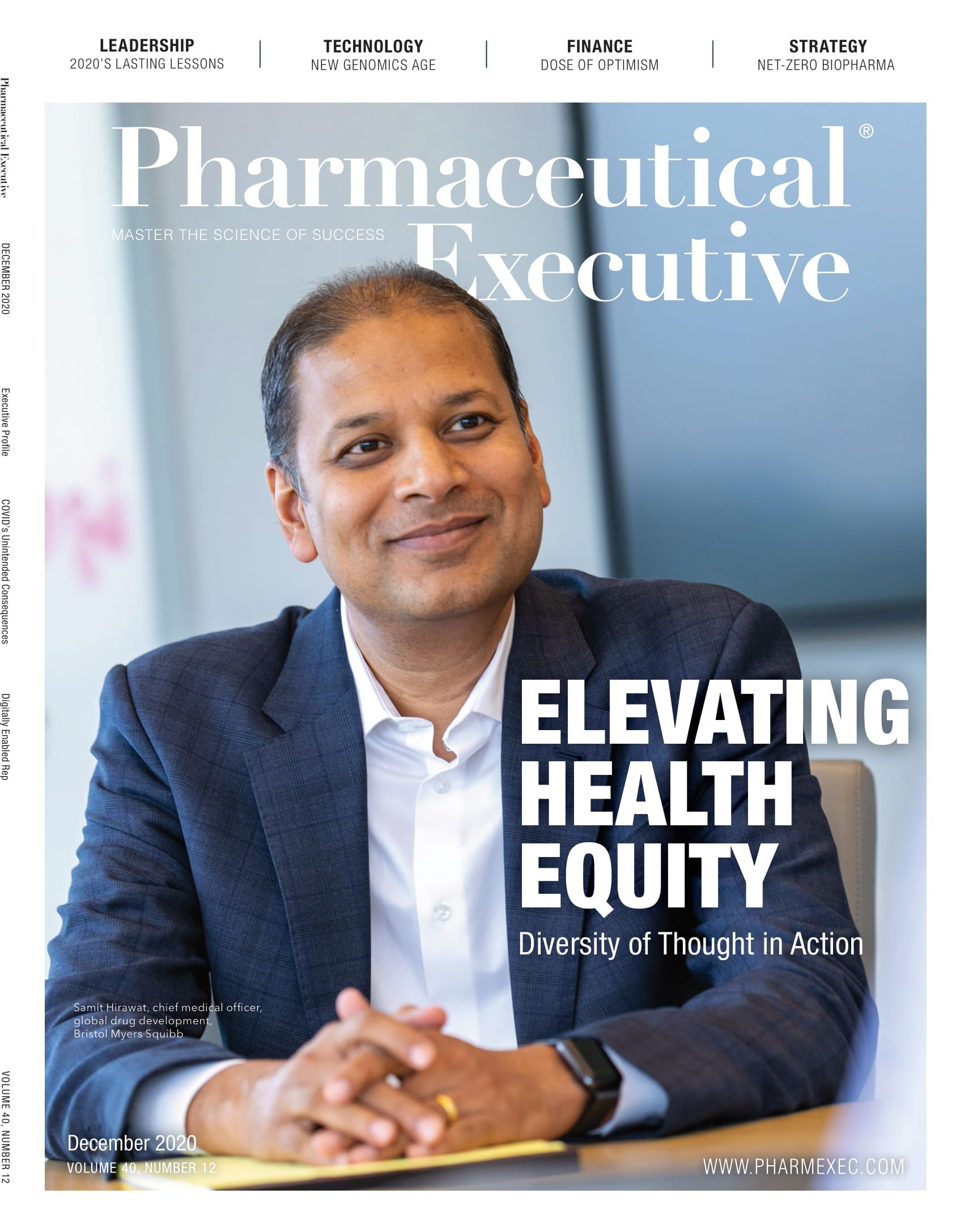The C-Suite’s Frontline Workers in Digital Change
How the CIO role has transformed and strengthened against the backdrop of COVID-19.
With COVID-19, the role of the chief information officer (CIO) in life sciences companies has transformed. Together with peers in other sectors, life sciences CIOs had to rapidly adjust to a more digital world aligning with the realities of continuing to work virtually and engaging with customers digitally. It’s no exaggeration to say that, today, the CIO occupies one of the most important roles in the C-suite —accelerating the digital change agenda.
Teams across the enterprise are now adapting to new ways of working: virtual sales teams, socially distanced R&D labs, emerging marketing and legal questions, and production/distribution dilemmas. All tied to the pandemic, and all disrupting existing business models. The CIOs and their teams are the “frontline workers” of today’s life sciences firms. A renewed focus on key business priorities means that the CIO should be finding ways to improve revenue and manage the company’s ecosystem, which includes facilitating data sharing and digitalizing workflows and processes.
Virtual selling
Overnight, the life sciences sales ecosystem became virtual. Sales forces were physically grounded—shifting from field-based detailing to more customer support with remote detailing. This shift triggered an urgent need to reassess customer relationship management (CRM) capabilities to meet the uptick in both virtual sales and e-meetings, as well as an increase in both e-sampling and virtual medical education requests. In this volatile landscape, CRMs must also be able to accurately reflect new sales forecasts and targets. CIOs should engage sales leaders in conversations about accelerating the incorporation of AI into CRM capabilities for long-term sales guidance and effective customer engagement.
In the recent past, sales reps were not just responsible for delivering a brand message; they were also the face of their companies. In addition to detailing their brand(s), they were required to invite physicians to special corporate events and other promotional and education forums. This responsibility has largely shifted to a virtual format, putting further strain on sales/marketing, which is ultimately supported by the CIOs and their teams.
Many life sciences companies have adopted a virtual-first and customer-focused approach, leveraging webinars, telemedicine, and social media more than in the past. It is critical to manage this data stream and make connections across clinical, marketing, sales, forecasting, and planning systems. Digital first = data first.
Protect revenue
Today’s life sciences companies are dealing with increasing threats to the bottom line. Existing revenue management solutions may not be helping preserve revenue as promised. They lack the workflows and transaction speeds required to allow business teams to focus on optimizing revenue.
Life sciences CIOs should help business teams explore new process-centric technologies designed to protect and preserve revenue. Incorporating core modules like Medicaid rebating, government pricing, gross-to-net analytics, and 340B duplicate discount detection can lower costs to implement and operate, deliver faster execution times, and decrease risk-related reporting requirements. Ultimately, updating these systems will improve workflows and user experiences—directly benefiting the bottom line.
Digitalization of workflows and processes
Teams can no longer operate in silos. CIOs must facilitate connectivity between functions, improving the data supply chain so that insights can be shared in real time. CIOs can develop customer-centric business models by connecting insights and analytics teams with strategy, operations, sales, and marketing. This sharing is key to meeting customers where they are today.
The post-pandemic data operating model, led by the CIO, must rely on harnessing the expanding data supply chain and harmonizing that data across functions. This is central to meeting adjusted sales targets, delivering new products and solutions, and ensuring operational efficiency and employee productivity.
MLR promotional materials review processes are challenged
During this crisis, we have seen a great shift in the virtual engagement model, and, with these changes, comes additional pressures on an already stressed promotional material review process. As this digital promotional volume increases, the ability to process and approve these materials in a timely fashion becomes even more critical to a brand and company’s success in the market — speed to market is at risk.
The medical/legal/regulatory (MLR) review process itself needs a digital boost, and that’s where artificial intelligence and machine learning can jump in and lend a virtual hand. This is a great example of where “the business” in conjunction with IT (CIO) can make a significant impact on the business and the throughput of promotional materials as they strive to get to the market and their intended audience.
Life science CIOs are using current events to earn a seat at the strategic table. From biotech to medtech to big pharma, CIOs are empowered to drive lasting strategic change. We encourage them to seize this moment, lead with confidence, make those bold decisions and be a real force for change.
Christian Hoyvald, Managing Director, Life Science Leader, Customer Practice (Commercial), EY, Ed Kloskowski, Managing Director, EY

Regeneron, Roche Launch Major US Expansion Plans to Meet Growing Demand for Biologics and Innovation
April 22nd 2025With combined investments exceeding $53 billion, both companies are deepening their US presence through expanded biologics production, gene therapy capabilities, and next generation R&D centers.
Cell and Gene Therapy Check-in 2024
January 18th 2024Fran Gregory, VP of Emerging Therapies, Cardinal Health discusses her career, how both CAR-T therapies and personalization have been gaining momentum and what kind of progress we expect to see from them, some of the biggest hurdles facing their section of the industry, the importance of patient advocacy and so much more.